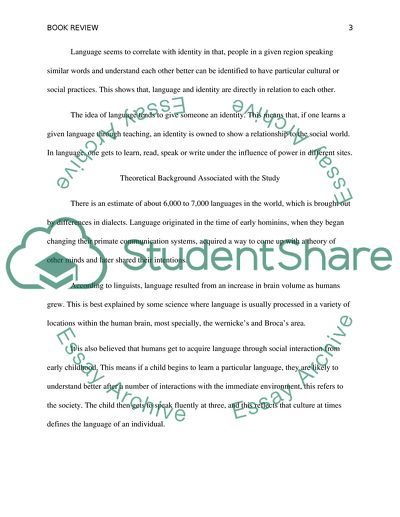Cite this document
(“Review of Us and Others: Social Identities across Languages, Book Report/”, n.d.)
Review of Us and Others: Social Identities across Languages, Book Report/. Retrieved from https://studentshare.org/literature/1837750-critical-review-of-a-research-report-on-language-and-identity
Review of Us and Others: Social Identities across Languages, Book Report/. Retrieved from https://studentshare.org/literature/1837750-critical-review-of-a-research-report-on-language-and-identity
(Review of Us and Others: Social Identities across Languages, Book Report/)
Review of Us and Others: Social Identities across Languages, Book Report/. https://studentshare.org/literature/1837750-critical-review-of-a-research-report-on-language-and-identity.
Review of Us and Others: Social Identities across Languages, Book Report/. https://studentshare.org/literature/1837750-critical-review-of-a-research-report-on-language-and-identity.
“Review of Us and Others: Social Identities across Languages, Book Report/”, n.d. https://studentshare.org/literature/1837750-critical-review-of-a-research-report-on-language-and-identity.


